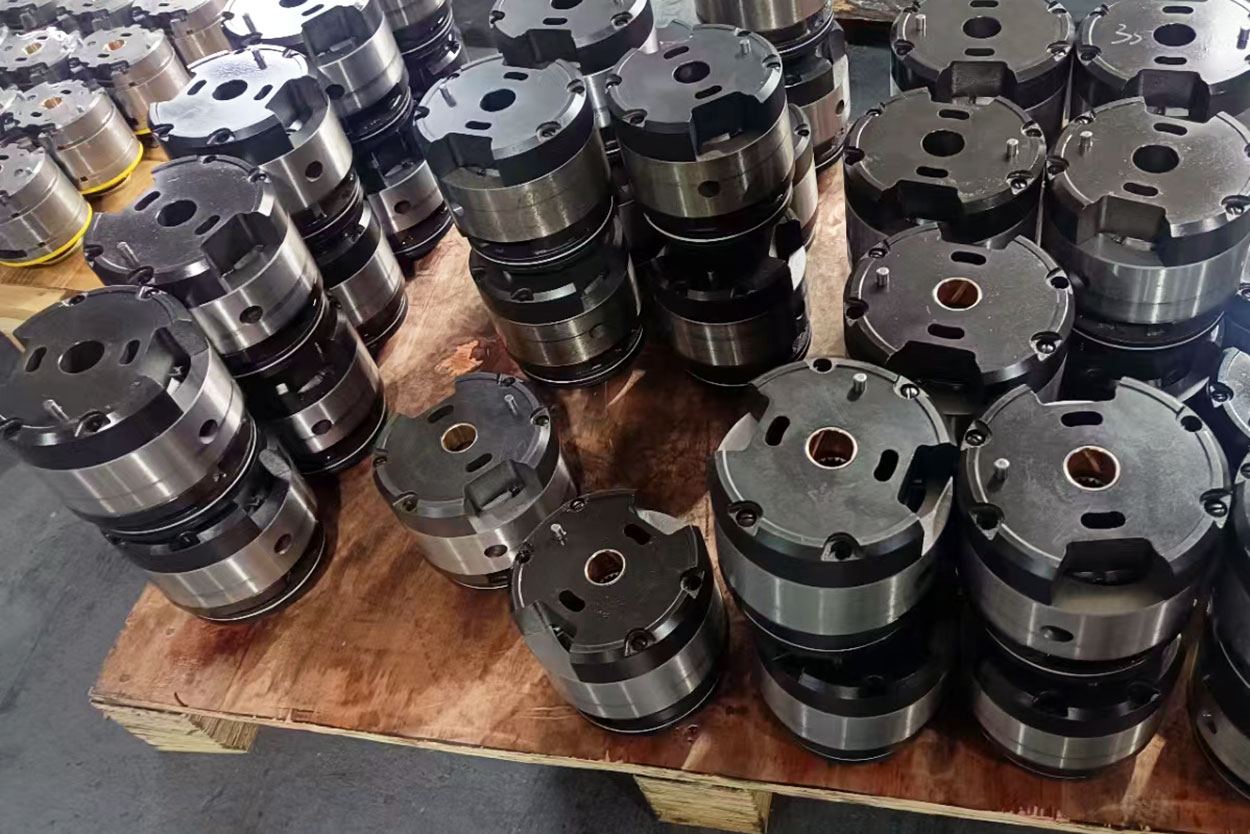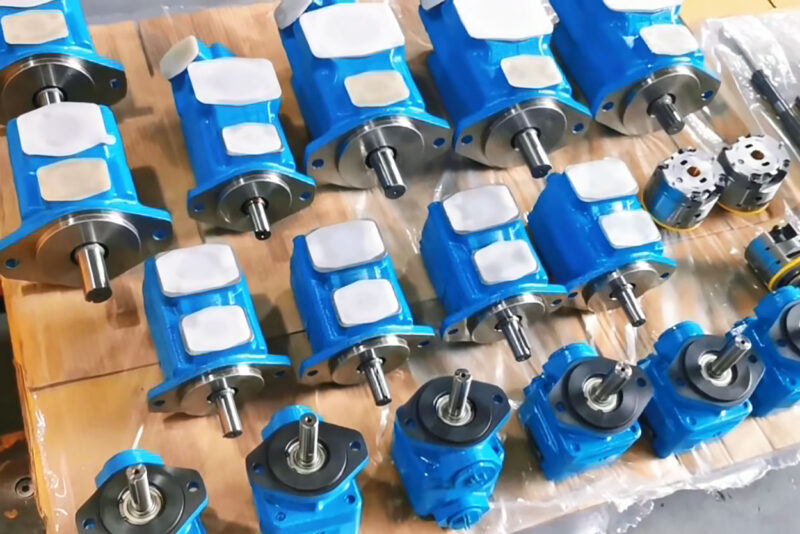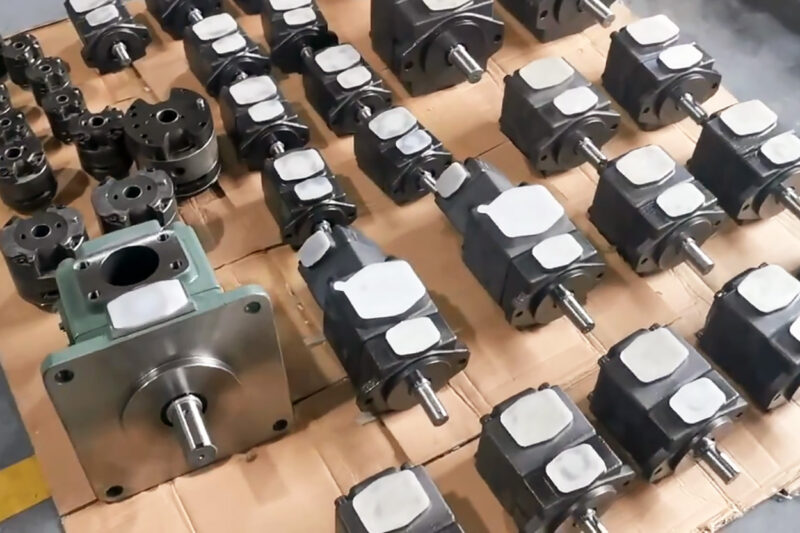Parker Hannifin is a world leader in hydraulic technology, and its hydraulic pump product line includes three main types: gear pumps, vane pumps, and plunger pumps. It has also developed subdivided series for various application scenarios.
- Gear pumps: economical basic solutions
The simplest type of Parker hydraulic pumps are external and internal meshing. External gear pumps, like the PGP series, generate negative pressure oil suction by rotating a pair of meshing gears, and are appropriate for low-pressure, high-flow scenarios, like irrigation systems in agricultural machinery and auxiliary hydraulic circuits in construction equipment. They are inexpensive, have a strong anti-pollution capabilities, are easy to maintain, and are particularly well-suited for operating conditions with low noise and precision requirements.Internal gear pumps (such as the QPM3 series) use a cycloid tooth design with a pulsation rate as low as 3%, which is suitable for industrial lubrication systems with high requirements for flow stability.
Typical applications of gear pumps include:
Agricultural machinery: tractor hydraulic lifting system, harvester power transmission.
Industrial manufacturing: machine tool lubrication, injection molding machine auxiliary oil circuit.
Mobile equipment: pilot control oil circuit of small excavator.
- Vane pump: efficient choice in the medium pressure field
Vane pumps are a highly technical mature type of Parker hydraulic pump that can be classified as either single-acting (variable) or double-acting (quantitative). Double-acting vane pumps (like the T6/T7 series) are appropriate for medium pressure (7-21MPa) and high-precision applications, such as the injection molding machine’s mold clamping oil circuit and the machine tool workbench’s feed system. They accomplish this by driving the vanes to slide in the stator through the rotor’s rotation to produce a uniform flow output. Its advantages are low noise (usually less than 60 decibels) and high volumetric efficiency (up to 95%), but it has high requirements for oil cleanliness and needs to be used with precision filters.
Typical applications of vane pumps include:
Machine tool industry: servo hydraulic system of CNC machining center.
Automobile manufacturing: fixture control of automated production line.
Ship engineering: power supply of deck machinery.

- Piston pump: technical benchmark in high pressure field
Piston pump is the core competence of Parker hydraulic pump which is classified into two categories: axial piston pump and radial piston pump. Axial piston pump (ex. PV series, P3 series) achieves high pressure (up to 420bar) and large flow output by adjusting piston stroke by angle of the swash plate, and is commonly used in the main hydraulic circuit of construction machinery.Its advantages are high volumetric efficiency (92%-98%) and high control accuracy, and can achieve 0.1% flow regulation through digital displacement technology. Radial piston pump (such as Gold Cup series) is characterized by high torque output and is suitable for closed transmission systems, such as variable pitch control of wind turbines.
Typical applications of plunger pumps include:
Engineering machinery: main pump systems of excavators and loaders.
Aerospace: hydraulic power units of aircraft landing gear.
Metallurgical industry: press-down systems of rolling mills.
Parker hydraulic pumps cover the full range of scenarios from low pressure to ultra-high pressure through the product matrix of “economical gear pumps + efficient vane pumps + high-end plunger pumps”. Among them, plunger pumps have become the core growth of Parker’s hydraulic pump business with their technical advantages of high pressure, high efficiency and high reliability.

